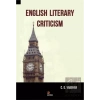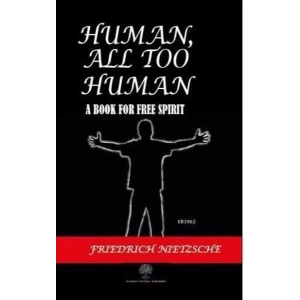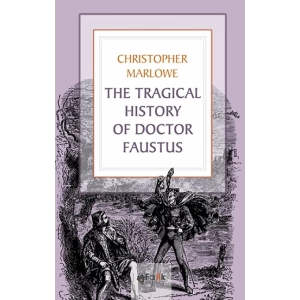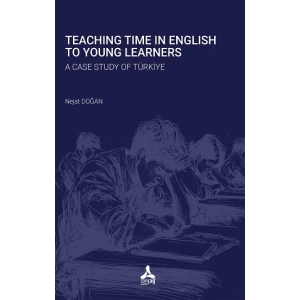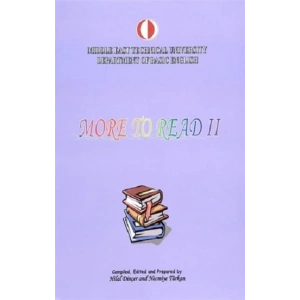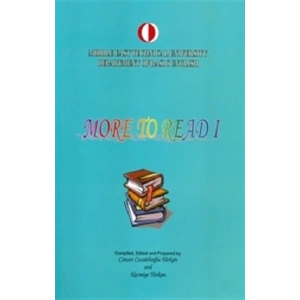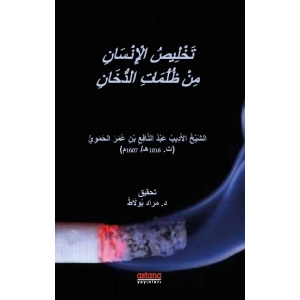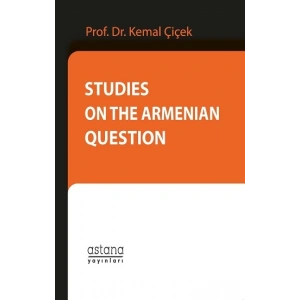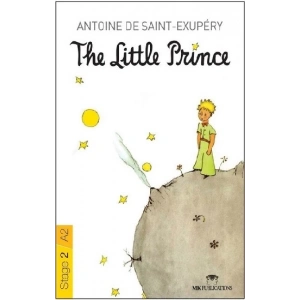“Originally published in 1896.”
In the following pages my aim has been to sketch the development of criticism, and particularly of critical method, in England; and to illustrate each phase of its growth by one or two samples taken from the most typical writers. I have in no way attempted to make a full collection of what might be thought the most striking pieces of criticism to be found in our literature.
Owing to the great wealth of such writing produced during the last sixty years, it is clearly impossible to give so complete a picture of what has been done in this period as in others. I am obliged to content myself with one specimen of one writer. But that is the writer who, in the opinion of many, is the most remarkable of all English critics. For the permission, so kindly granted, to include the Essay on Sandro Botticelli I desire to offer my sincerest thanks to Messrs. Macmillan and to the other representatives of the late Mr. Pater.
It may seem strange to close a volume of literary criticism with a study on the work and temperament of a painter. I have been led to do so for more than one reason. A noticeable tendency of modern criticism, from the time of Burke and Lessing, has been to break down the barrier between poetry and the kindred arts; and it is perhaps well that this tendency should find expression in the following selection. But a further reason is that Mr. Pater was never so much himself, was never so entirely master of his craft, as when interpreting the secrets of form and colour. Most of all was this the case when he had chosen for his theme one who, like Botticelli, "is before all things a poetical painter".
C. E. Vaughan
February, 1896.



